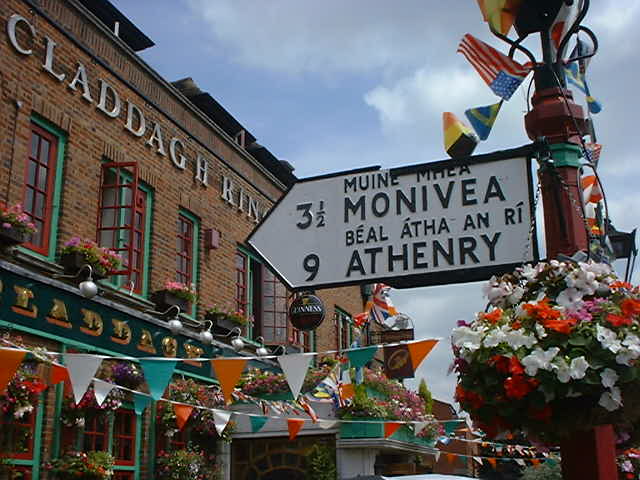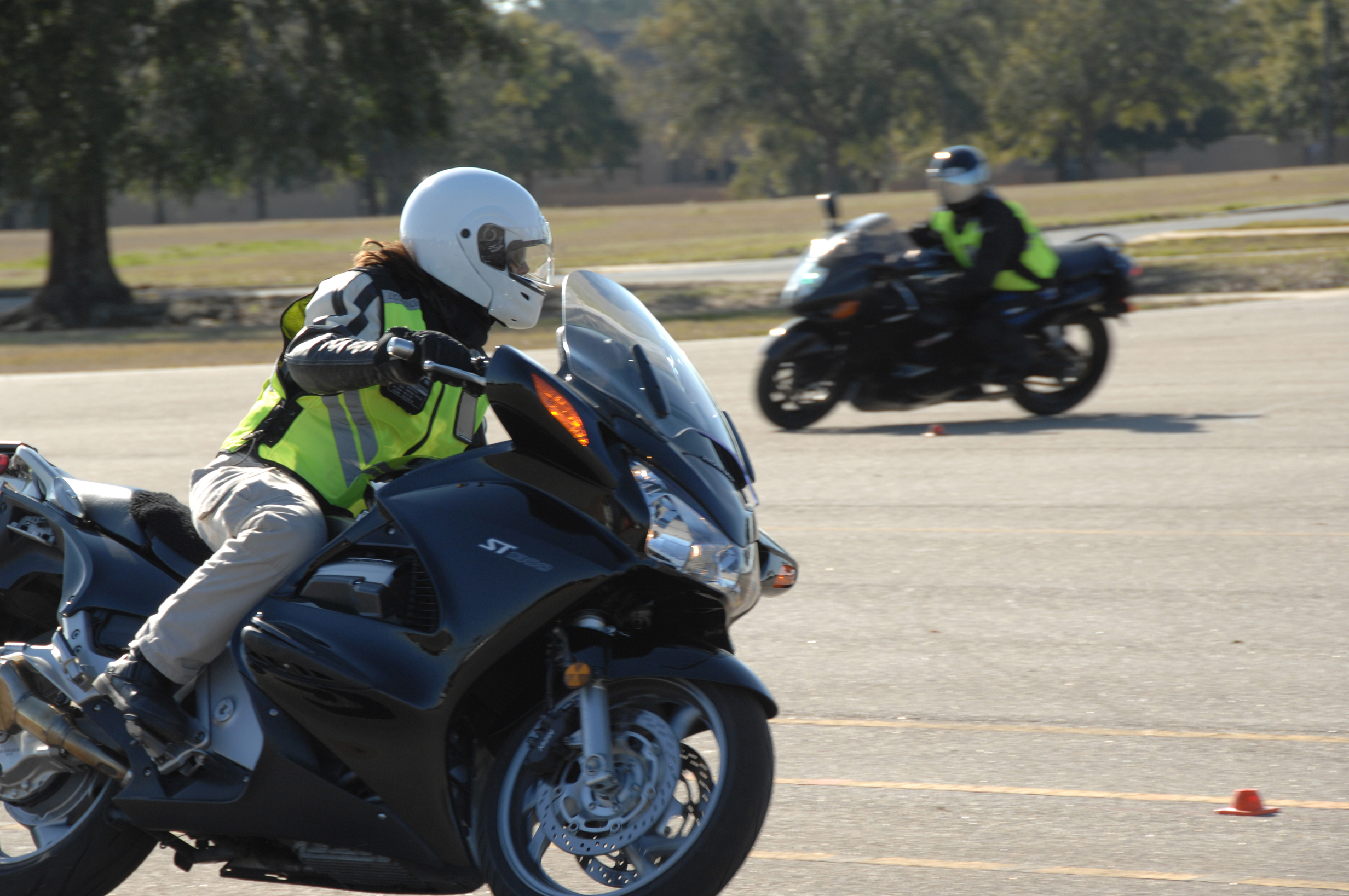|
Roadcraft
Roadcraft refers to the system of car or motorcycle control outlined in two books ''Roadcraft: The Police Driver's Handbook'' and ''Motorcycle Roadcraft: The Police Rider's Handbook''. The books are produced by the Police Foundation and published by Office of Public Sector Information, Her Majesty's Stationery Office (HMSO). Overview Roadcraft is the UK's police handbook that outlines a system of car and motorcycle control split into four phases represented by the acronym PSGA: # Informationis not a phase in itself but is received from the outside world by observation, and given by use of signals such as direction indicators, headlamp flashes, and horn; is a general theme running continuously throughout the application of the system by taking, using and giving information; # Position on the road optimised for safety, visibility and correct routing, followed by best progress; # Speed appropriate to the hazard being approached, attained via explicit braking or throttle contro ... [...More Info...] [...Related Items...] OR: [Wikipedia] [Google] [Baidu] |
Defensive Driving
Defensive driving describes the practice of anticipating dangerous situations, despite adverse conditions or the mistakes of others when operating a motor vehicle. It can be achieved by adhering to general guidelines, such as keeping a two- or three-second gap between the driver's vehicle and the vehicle in front to ensure adequate space to stop. It is a form of training for drivers that goes beyond road rules and the basic mechanics of driving techniques. Defensive driving reduces the risk of collisions and improves road safety. History A driver safety program called the ''Driver Example Program'' was developed in 1964 by Chris Imhoff of the (US) National Safety Council. [...More Info...] [...Related Items...] OR: [Wikipedia] [Google] [Baidu] |
Institute Of Advanced Motorists
IAM RoadSmart formerly called the Institute of Advanced Motorists (IAM) is a charity based in the United Kingdom and serving nine countries, whose objective is to improve car driving and motorcycle riding standards, and so enhance road safety, by using the British police's system of car and motorcycle control commonly known as "the System". The System was devised in 1937 by racing driver Mark Everard Pepys, 6th Earl of Cottenham, to reduce accidents in police pursuits. People who have passed an IAM test have substantially fewer accidents and typically report getting more pleasure from driving too. Research has shown that IAM training increases a wide range of driving skills, including speed, safe distances, gear changing and cornering. The IAM was formed in 1956 and has over 82,000 members, all of whom have taken and passed an advanced test in a car, commercial vehicle or on a motorcycle. In 2006, the charity took over the work of the AA Motoring Trust, which had been establish ... [...More Info...] [...Related Items...] OR: [Wikipedia] [Google] [Baidu] |
Advanced Driving Test
The advanced driving test is a special exam for motorists who can drive to a skill level substantially above average, and candidates who pass are called ''advanced drivers''. It is available from several societies, including IAM RoadSmart, the Royal Society for the Prevention of Accidents, the Driving Instructors' Association DIAmond Advanced Test and the British Motorcyclists Federation (BMF) Blue Riband. There is no single "advanced test", so standards are different depending on the provider. It does not affect the driver's own licence. The test is mostly (but not exclusively) UK based; and is available for several types of vehicle (including car and motorcycle) depending on the provider. Most candidates need advanced lessons before the advanced test. They may be provided by examining body (as with IAM) or the candidate can pay their own instructor privately, as is UK standard practice for the initial driving test. It is based on Roadcraft, the police driving system. It wa ... [...More Info...] [...Related Items...] OR: [Wikipedia] [Google] [Baidu] |
The Stationery Office
The Stationery Office (TSO) is a British publishing company created in 1996 when the publishing arm of His Majesty's Stationery Office was privatised. It is the official publisher and the distributor for legislation, command and house papers, select committee reports, ''Hansard'', and the London, Edinburgh and Belfast Gazettes, the UK government's three official journals of record. With more than 9,000 titles in print and digital formats published every year, it is one of the UK's largest publishers by volume. TSO provides services, consultancy, and infrastructure to deliver all aspects of the information lifecycle. TSO developed the website legislation.gov.uk with The National Archives, providing full access to the statute book as open data. The TSO OpenUp platform is a collection of integrated services available as software as a service (SaaS), with the aim of providing a scalable and resilient platform that allows organisations to store, query, and enrich their data. ... [...More Info...] [...Related Items...] OR: [Wikipedia] [Google] [Baidu] |
Office Of Public Sector Information
The Office of Public Sector Information (OPSI) is the body responsible for the operation of His Majesty's Stationery Office (HMSO) and of other public information services of the United Kingdom. The OPSI is part of the National Archives of the United Kingdom and is responsible for Crown copyright. The OPSI announced on 21 June 2006 that it was merging with the National Archives. The merger took place in October 2006. The OPSI continues to discharge its roles and responsibilities from within the structure of the National Archives. Controller of HMSO and Director of OPSI The Controller of HMSO is also the Director of OPSI. HMSO continues to operate from within the expanded remit of OPSI. The Controller of HMSO also holds the offices of Kings's Printer of Acts of Parliament, King's Printer for Scotland and Government Printer for Northern Ireland. By virtue of holding these offices OPSI publishes, through HMSO, the '' London Gazette'', '' Edinburgh Gazette'', '' Belfast Gazette ... [...More Info...] [...Related Items...] OR: [Wikipedia] [Google] [Baidu] |
Hendon Police College
Hendon Police College is the principal training centre for London's Metropolitan Police. Founded with the official name of the Metropolitan Police College, the college has officially been known as the Peel Centre since 1974, although its original name is still used frequently. Within the police service it is known simply as "Hendon". It is within walking distance of Colindale Underground station on the Northern line and Colindale police station. Police College (1934–1939) The college was opened on 31 May 1934 by the Prince of Wales,"The Police College", ''The Times'', 20 March 1934 in the erstwhile buildings of Hendon Country Club, Hendon Aerodrome's club house (which had been used briefly as laboratories of the Standard Telephones and Cables company). The school was the brainchild of Lord Trenchard, who was Commissioner of Police of the Metropolis from 1931 to 1935. His experiences as second-in-command of the Royal Flying Corps' Central Flying School in 1913 and 1914 gave ... [...More Info...] [...Related Items...] OR: [Wikipedia] [Google] [Baidu] |
Hendon
Hendon is an urban area in the Borough of Barnet, North-West London northwest of Charing Cross. Hendon was an ancient manor and parish in the county of Middlesex and a former borough, the Municipal Borough of Hendon; it has been part of Greater London since 1965. Hendon falls almost entirely within the NW4 postcode, while the West Hendon part falls in NW9. Colindale to the north-west was once considered part of Hendon but is today separated by the M1 motorway. The district is most famous for the London Aerodrome which later became the RAF Hendon; from 1972 the site of the RAF station was gradually handed over to the RAF Museum. The railways reached Hendon in 1868 with Hendon station on the Midland Main Line, followed by the London Underground further east under the name Hendon Central in 1923. Brent Street emerged as its commercial centre by the 1890s. A social polarity was developed between the uphill areas of Hendon and the lowlands around the railway station. Hendon ... [...More Info...] [...Related Items...] OR: [Wikipedia] [Google] [Baidu] |
RoSPA
The Royal Society for the Prevention of Accidents (RoSPA) is a British charity that aims to save lives and prevent life-changing injuries which occur as a result of accidents. In the past, it has successfully campaigned on issues of road safety, including playing an integral role in the introduction of drink-drive legislation, the compulsory wearing of seatbelts and the ban on handheld mobile phones while driving, as well as on issues of occupational health and safety. History and development The origins of RoSPA date to the First World War when, in response to the 'alarming increase in road accidents' during the blackouts, the London 'Safety First' Council was established on 1 Dec 1916. In 1917, accident data were collected, there was a call to license all drivers, three children's safety competitions were run (involving 57,000 pupils) and a railway safety committee was established. A campaign to change the pedestrian rule so that walkers face oncoming traffic was so succes ... [...More Info...] [...Related Items...] OR: [Wikipedia] [Google] [Baidu] |
Automotive Safety
Automotive safety is the study and practice of design, construction, equipment and regulation to minimize the occurrence and consequences of traffic collisions involving motor vehicles. Road traffic safety more broadly includes roadway design. One of the first formal academic studies into improving motor vehicle safety was by Cornell Aeronautical Laboratory of Buffalo, New York. The main conclusion of their extensive report is the crucial importance of seat belts and padded dashboards. However, the primary vector of traffic-related deaths and injuries is the disproportionate mass and velocity of an automobile compared to that of the predominant victim, the pedestrian. According to the World Health Organization (WHO), 80% of cars sold in the world are not compliant with main safety standards. Only 40 countries have adopted the full set of the seven most important regulations for car safety. In the United States, a pedestrian is injured by a motor vehicle every 8 minutes, and ... [...More Info...] [...Related Items...] OR: [Wikipedia] [Google] [Baidu] |
Motorcycle Training
Motorcycle training teaches motorcycle riders the skills for riding on public roads. It is the equivalent of driver's education for car drivers. Training beyond basic qualification and licensing is available to those whose duty includes motorcycle riding, such as police, and additional rider courses are offered for street riding refreshers, sport riding, off-road techniques, and developing competitive skills for the motorcycle racetrack. Requirements and incentives Mandatory motorcycle training, known as Compulsory Basic Training, is common in Europe. There are also schools and organizations that provide training for beginners and refresher courses for experienced riders. In the United Kingdom organizations such as the Institute of Advanced Motorists (IAM) and Royal Society for the Prevention of Accidents (RoSPA) offer advanced rider training with the aim of reducing accident rates. Advanced training is optional but there is often an added incentive to riders in the form of ... [...More Info...] [...Related Items...] OR: [Wikipedia] [Google] [Baidu] |


